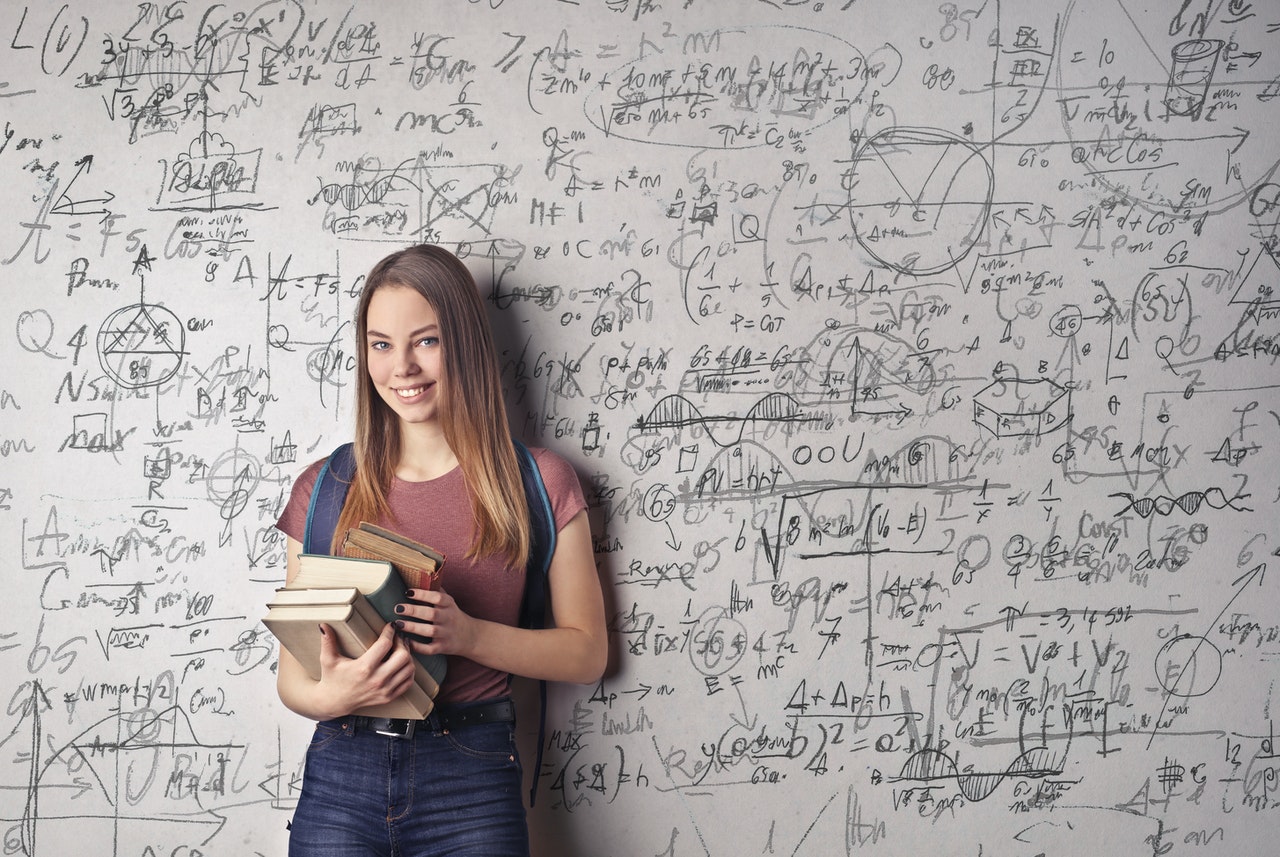Study Guide

Study Guide
#savoniaUAS
Curricula starting in 2022 and earlier
Savonia's new Study Guide (curriculum starting in 2023 and after) can be found here.
| Basis of Education | Competence Standards | Structure of Studies | Development of Expertise | Methods and implementation | Course Table |
Degree Programme in Dance Pedagogy
This curriculum is a translation of the curriculum of the Finnish degree program.
Methods and implementation
Savonia's education is guided by OIS (Open Innovation Space) thinking. It combines high-quality learning and teaching with work-based research and development. The student is an active participant and works in a variety of spaces, groups, communities, and e-learning environments. Students, teachers, people working in research and development, and representatives of working life work together to solve different types of tasks that arise from practice. In this way, study combines theory and practice.
The working life orientation of Savonia's education is realized through diverse networking. Students are encouraged to actively network and create working life connections. A student has the opportunity to study their work in the field of art and culture when it supports the student’s professional growth and development. This is agreed with the study supervisor and the teachers in charge of the studies, and HOPS is prepared. Networks also ensure the continuous development of substance expertise. The staff creates diverse learning situations and supports student learning. The study office, library and information services, international services and other support services help with studying. The training follows the principles of accessibility and sustainable development.
Teaching is seen as guidance based on the learning process, where the student's learning process progresses gradually over time, both pre-planned and goal-oriented. Teachers support the learning process by applying a variety of pedagogical models and practices, such as exploratory learning, dialogical learning, e-learning, project-based learning, and collaborative learning. The student's entry level is taken into account in the personal study plan (HOPS) by offering alternative ways of completing courses and differentiating assignments. Professional growth is supported by systematic, student-centered guidance throughout education. The guidance of professional growth has been modeled as part of the implementation of the curriculum.
The teaching emphasizes the co-operation and self-direction required by the profession of dance teacher (Polytechnic). Studying requires an active presence. Some of the studies are carried out in collaboration with multidisciplinary projects with other Savonia students. The study group practices co-operation skills and the professional skills needed in the work community. When developing a personal study plan, the development of international competence required in the work of the dance industry is taken into account.
A student can complete an international study path by completing 5 ECTS of advanced professional studies in English, going on an international exchange and completing, for example, 10 ECTS of internships and 45 ECTS of other studies. There are good exchange universities, e.g. Italy, Norway, Sweden, Portugal and the Czech Republic.
MUSIC STUDIES IN DANCE TEACHER TRAINING
Music studies (8 cr) are carried out with a passing theme during the studies. Below is a list of key themes and the course to which they link:
1. Knowledge of Music, 2 cr
- The main style periods and works of Western art music / Tanssitieto 1, 1st year
- Knowledge of rhythm music / Dance information 2, 2nd year
2. Basics of Music, 3 cr
- Basic Elements and Rhythmics of Music / Dance Pedagogy 1 - 2 and multidisciplinary productions, if a link to the production is necessary, 1st - 2nd year
- The basics of music are always linked to basic and advanced studies in dance, 1st-4th year
3. Sound Design and Music Technology, 2 cr
- Basics of Sound Design / Choreography 1
- Music Technology / Choreography 2 or alternatively dance pedagogy 3
4. Instrumental Studies, 1 cr
- The student must include instrument studies in their HOPS
- The instrument can be either a song or rhythm instruments
- If the student has previous instrument studies, he or she can also receive instruction in his or her own instrument, but this must always be agreed separately with the dance and music team leaders.
We reserve the right to make changes to the curriculum due to the need to update the content being studied.